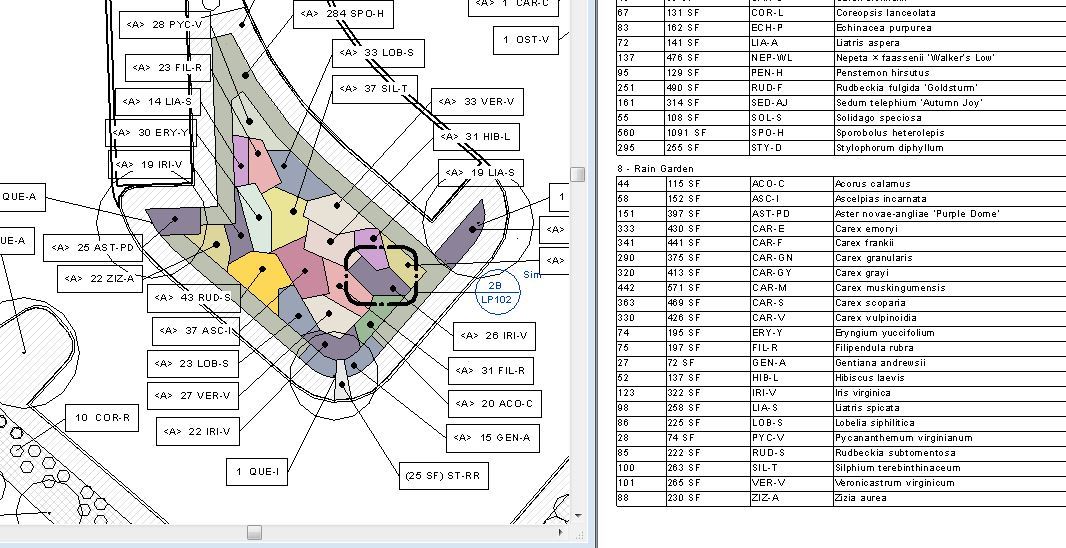

Those projects range from K-12 schools, higher education, corporate offices, to urban infill development. Lauren Schmidt (LS) – As a part of an architecture/engineering firm, most of the projects I work on are sites that are focused around a building. Jason Packenham (JP) – What type of landscape architecture work are you typically involved in? I recently spoke with Lauren Schmidt, landscape architect, Revit user and BIM blogger, about how her experience with the program.

dwg.Ī Landscape Architect’s Experience with Revit

Terrain information from Google Earth can be incorporated within your Revit model by importing the terrain into SketchUp and exporting this to. A basic Toposurface is usually created by either placing spot levels yourself or by importing 3D terrain data from another drawing. Modelling and rendering exterior site design elements such as areas of paving and site fixtures | Revit Landscapeįor instance, Revit’s Toposurface tool allows for the creation of a 3D terrain model. Plus, since the workflow of Revit is centred on the creation of a virtual 3D model of your design, amendments made to this design can be carried across multiple drawings (plans, sections, 3D views), which leads to greater work efficiency. Associated with these parametric objects is a database of information that can be used for detailing, quantity take-offs, procurement, future maintenance requirements, etc. Most of these benefits are related to the modelling of exterior site design elements such as retaining walls, areas of paving, site fixtures such as fences, handrails, seating and so on. In addition to a more streamlined workflow, there are also additional ways that Revit can be applied to the work of a landscape architect. One of the major benefits of doing so is the ability to more closely collaborate with other professions of the AEC industry who also work with Revit. “Autodesk Revit software is specifically built for Building Information Modelling (BIM), helping building professionals to design, build and maintain higher-quality, more energy-efficient buildings.” (Autodesk 2014)Īlthough Autodesk appears to favor the architecture, engineering and construction (AEC) industry over landscape-specific capabilities, there are a number–my guess is that this is relatively small–of landscape architects that do successfully work with Revit. Right from the outset, even Autodesk’s description of Revit demonstrates the software’s inclination towards architects and buildings: Most landscape architects don’t use Revit, and it’s not surprising to see why.


 0 kommentar(er)
0 kommentar(er)
